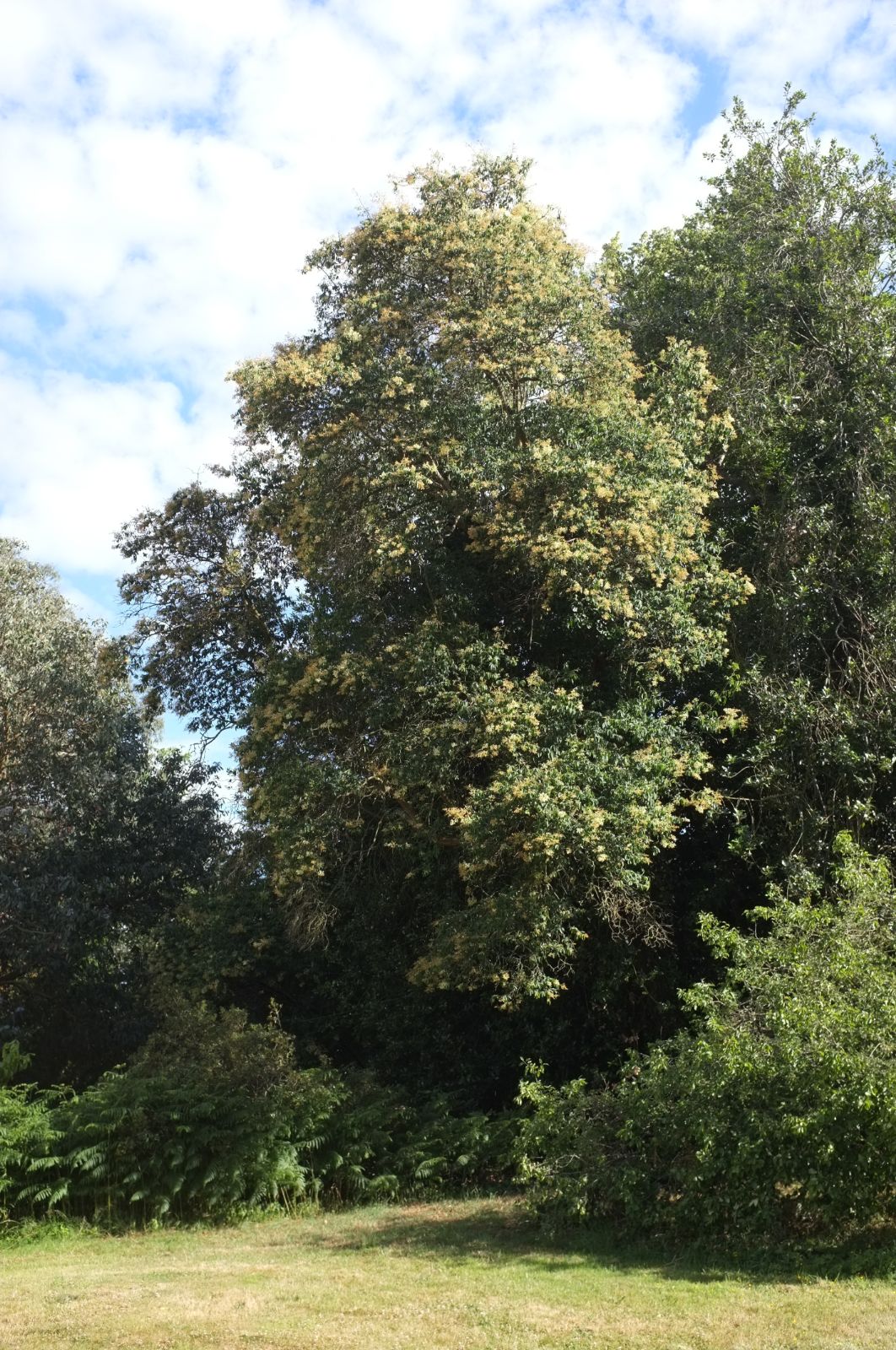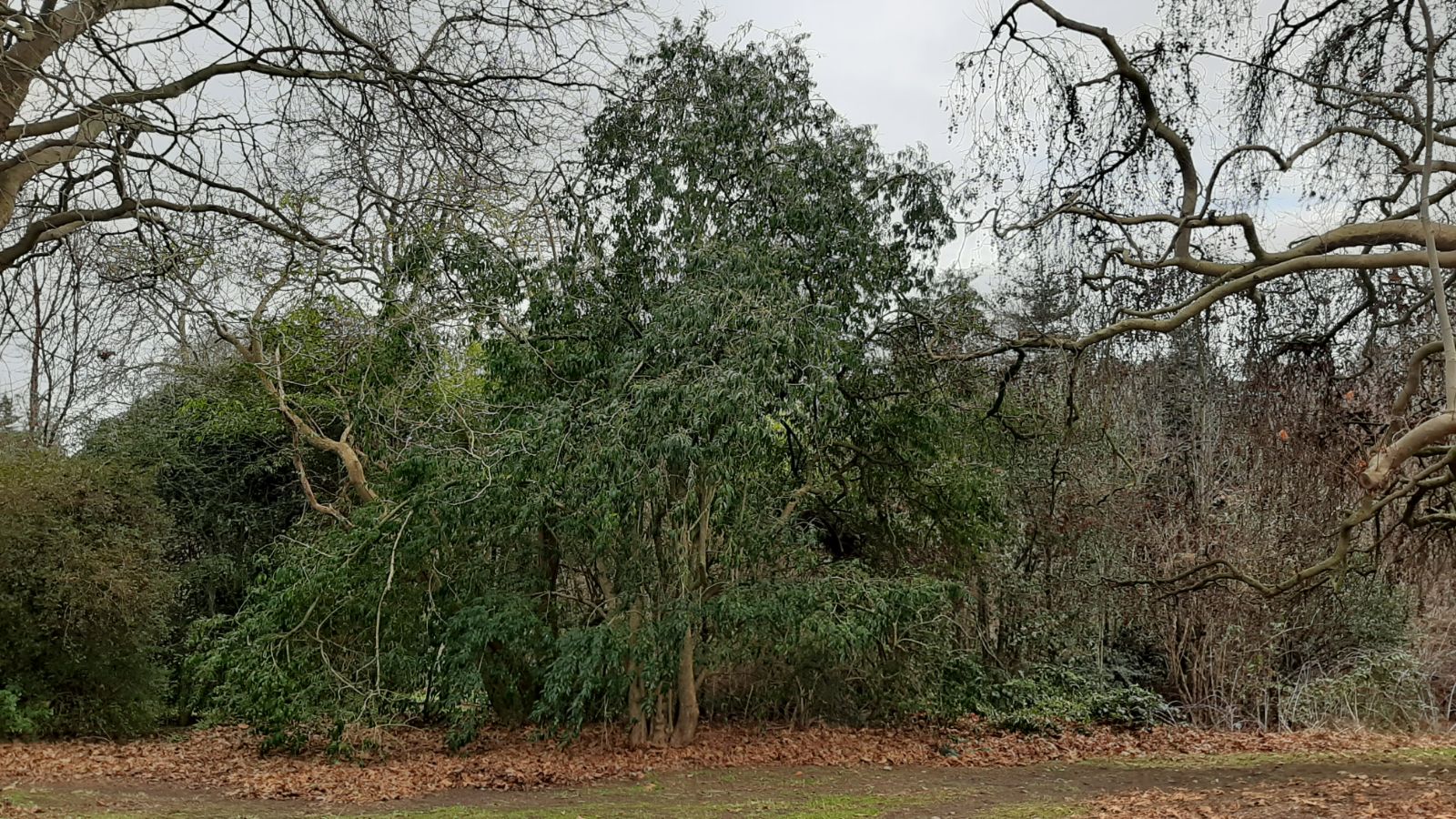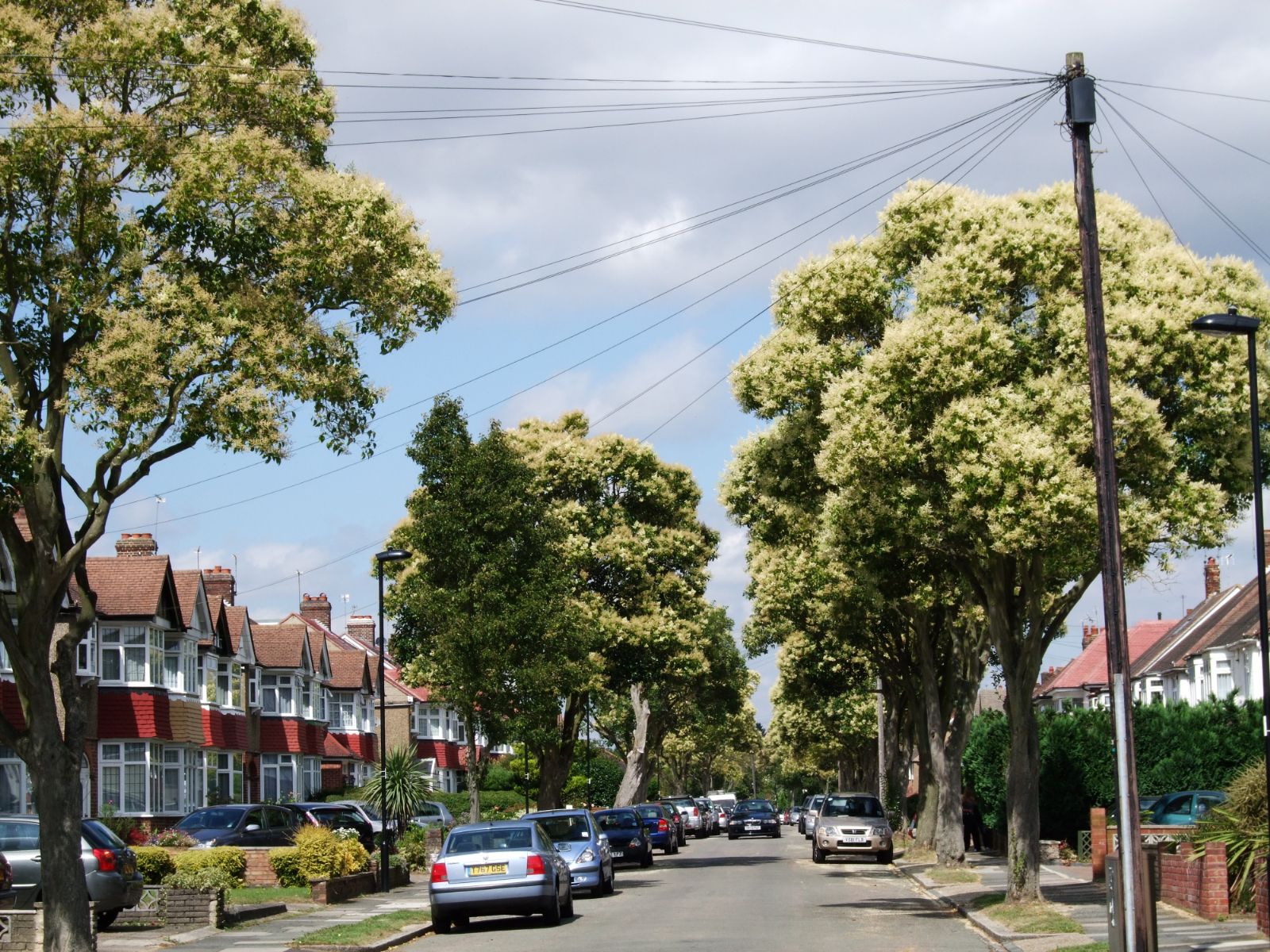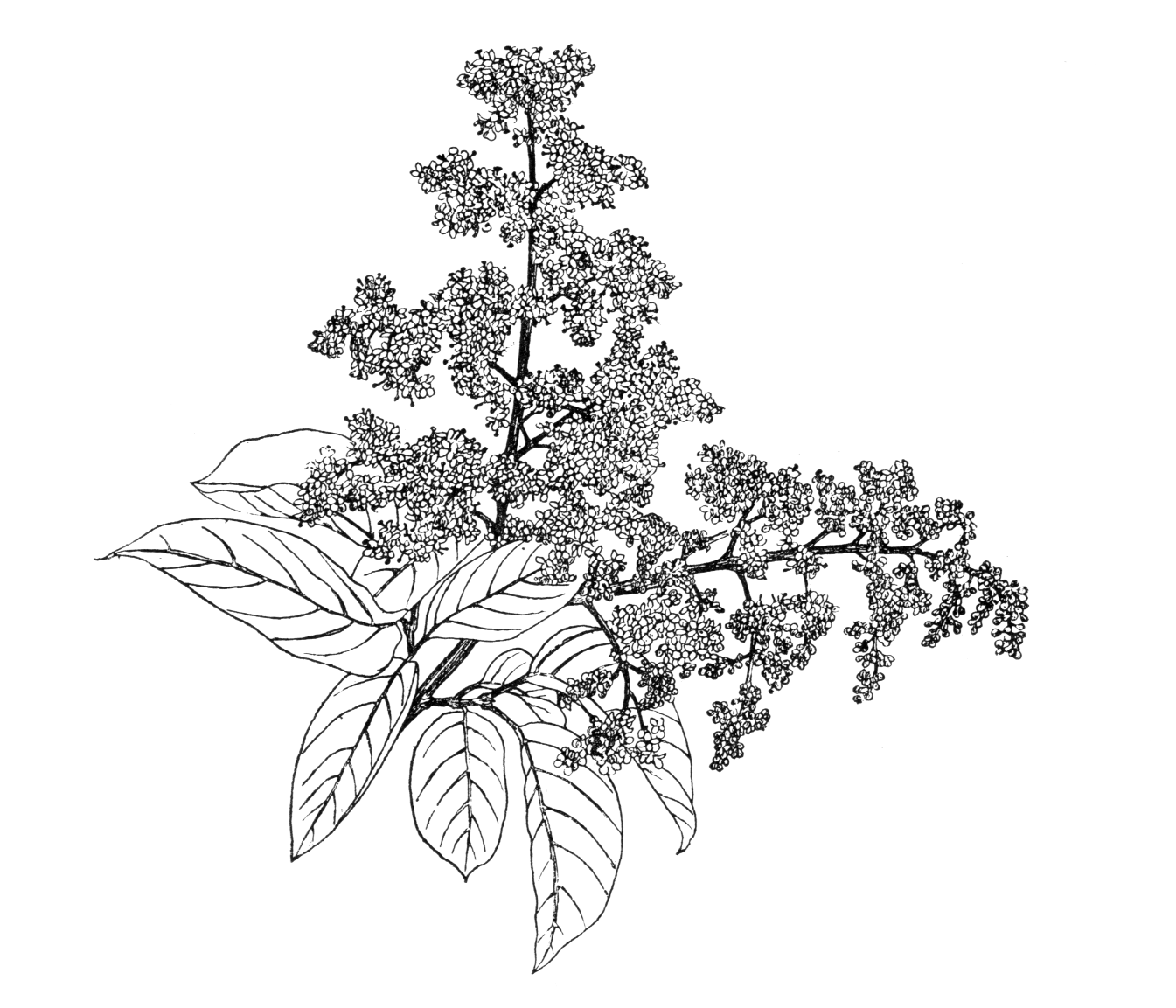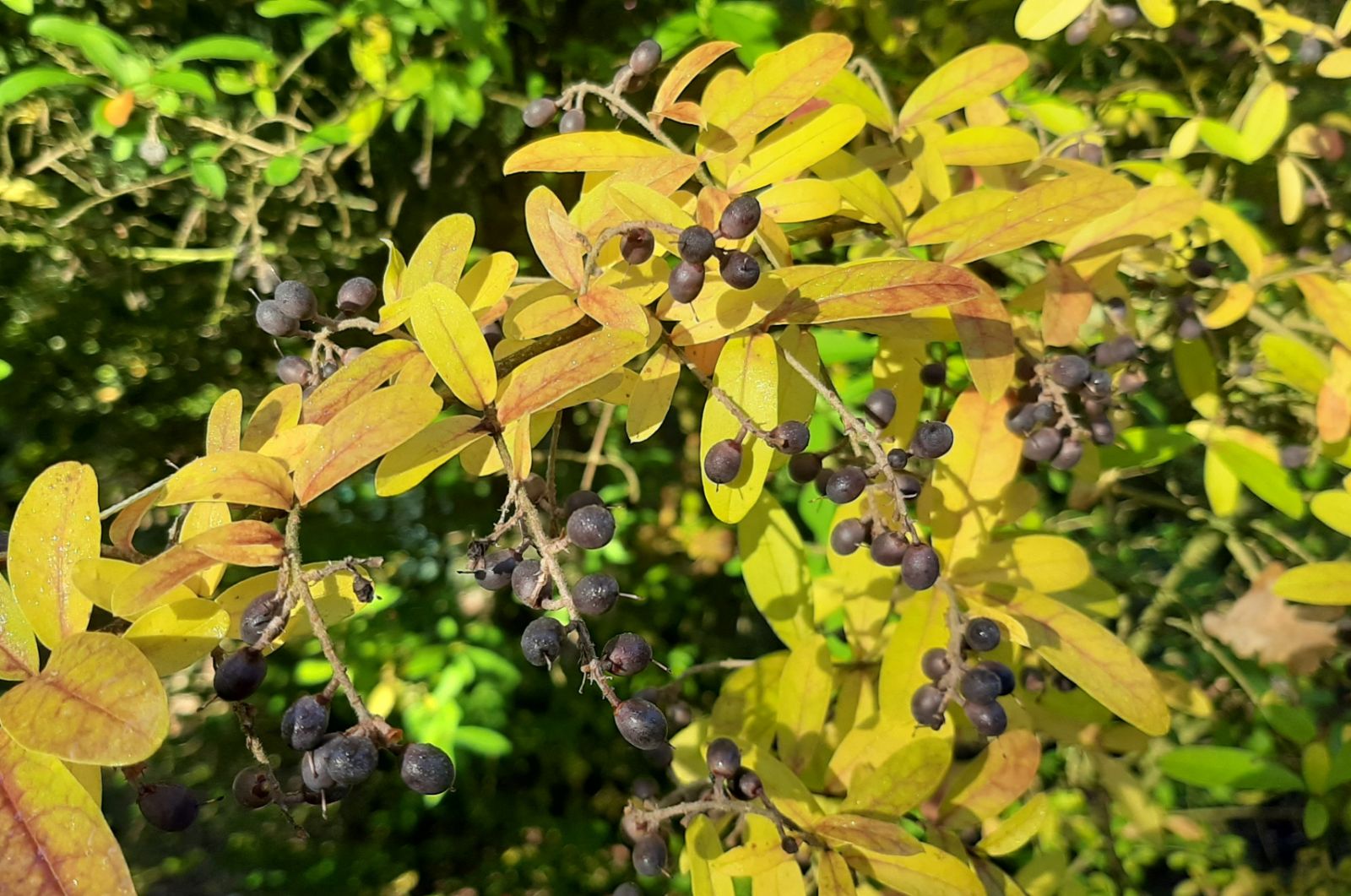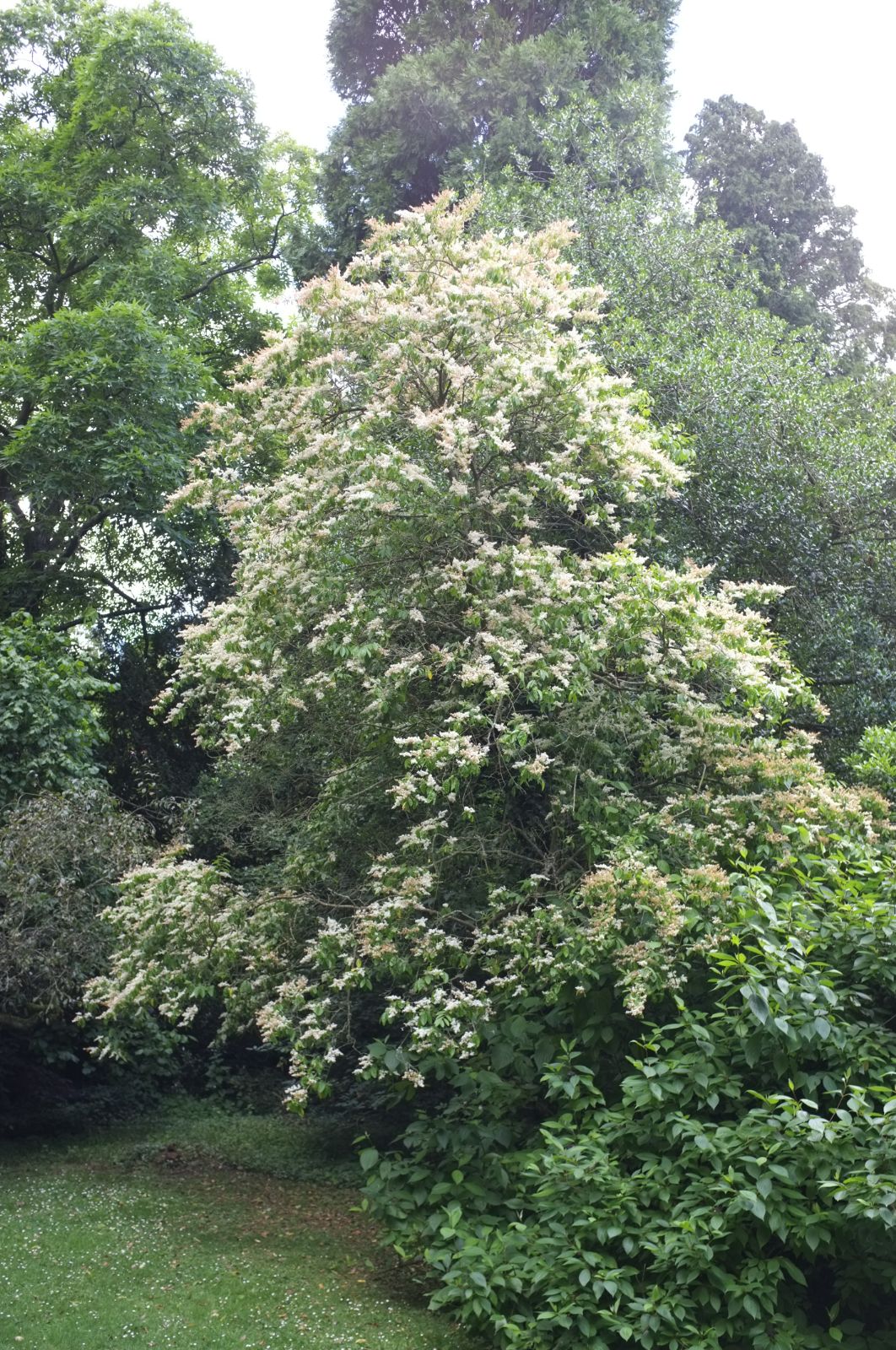Ligustrum
Credits
Article from Bean's Trees and Shrubs Hardy in the British Isles
Recommended citation
'Ligustrum' from the website Trees and Shrubs Online (treesandshrubsonline.
Family
- Oleaceae
There are about sixteen hardy species of Ligustrum introduced to this country, all of which are natives of China or Japan, with the exception of the common privet, found in Europe and England. The genus is exclusively Old World, and reaches from China through the Himalaya, etc., to Java, the Philippines, and Australia. Leaves opposite, never toothed. Flowers of some shade of white, borne in terminal panicles. Calyx scarcely or only minutely toothed; corolla tubular, with four spreading lobes. Stamens two, attached to the tube of the corolla. Fruit a berry, usually black, or black with a purplish bloom. The most recent account of the genus is by R. Mansfeld in Botanische Jahrbücher, Vol. 59, (1924), Beibl. No. 132, pp. 19–75.
Whilst the privets as a whole are not amongst the most attractive of hardy shrubs, a few of them are either striking or useful. One of their least attractive features is the penetrating odour of the flowers – heavy, and to most people objectionable at close quarters. The privets are easily cultivated in any soil that is not very impoverished, and they can be rooted from cuttings about as easily as any shrubs, either with or without a little heat. A selection for the garden would be as follows:
For flower – L. sinense and L. quihoui; for foliage – L. japonicum, L. lucidum, L. l. ‘Tricolor’, and L. ovalifolium ‘Aureum’; for hedges – L. ovalifolium and L. delavayanum.
Footnotes
Revised with the assistance of Mr P. S. Green of the Kew Herbarium.

